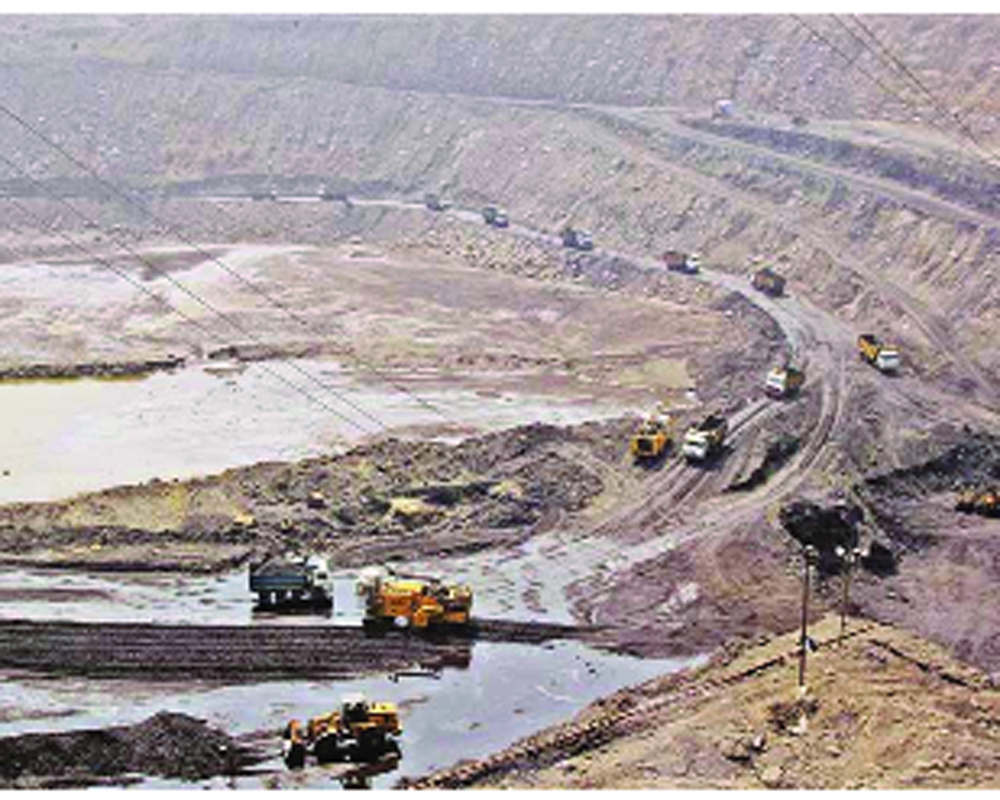Permission to mine for diamonds in a 364-hectare area in MP will lead to felling of 225,000 trees besides permanently damaging rare plant species and adversely impacting ground water table
Even as India celebrated the World Environment Day recently, the environment itself had little to cheer for. The fact that the ambitious vows and pledges taken to protect the environment are only a symbolic exercise has been made evident by the ongoing controversy involving the Madhya Pradesh government granting diamond mining rights to Aditya Birla Group (ESSEL Mining) to mine for diamonds in the Buxwaha forest area of Chatarpur.
The grant of permission for mining a 364-hectare area will lead to felling of approximately 225,000 trees besides clearing the forest area which comprises rare plant species and also adversely impact ground water table. In addition to this the indigenous communities also stand to be adversely impacted as about 8,000 local forest dwellers will get displaced.
The rights to mine the Bunder diamond block estimated to contain 34 million carats of rough diamonds was won by Essel Mining in 2019. The project with an outlay of Rs. 2500 crore investment is supposed to eventually become the largest diamond mine project in Asia. However, so far, the project could not make much headway due to ecological concerns pertaining to air and water pollution besides loss of biodiversity. These concerns combined with stiff resistance from the local population has kept the project in a suspended state. There is a need for urgent measures to ensure that the work does not begin in the area unless a renewed environmental impact assessment report is commissioned that has the inputs of local environmental experts and the opinion of the local communities as well.
Even as the public opinion builds up against the diamond mining project, an environment activist from Jabalpur Dr.P.J. Najpande has filed a petition against the project in the National Green Tribunal. Conservation committees too have been formed for the districts of Sagar, Damoh and Chaterpur as these districts stand to be the most affected by the diamond mining projects. The committees are preparing the grounds for registering demand for a proper tree audit and a public hearing on the matter with the presence of all affected stake holders. These efforts however are from either the local communities or environmental conservationists, but sincere and impactful interventions form the government are yet to be seen.
In India, Andhra Pradesh, Chhattisgarh and Madhya Pradesh are the three states that produce the most diamonds in the country with Madhya Pradesh accounting for over 90 per cent of the produce which is an average 39,000 carats per year. Given these figures it is easy to understand why there is so much pressure on Madhya Pradesh as far as diamond mining goes.
The Bunder mining block falls in the Bundelkhand region of Madhya Pradesh, which is a traditionally water-stressed region. The project pre-feasibility report clearly states the project is water-intensive as it requires an estimated 5.9 million cubic meters per day which is a tall order for an already water-challenged region. Unfortunately, this is yet to ring alarm bells for the government even though the Central Ground Water Authority has declared the region to be in a semi critical area water resources wise.
The ecological biodiversity of Madhya Pradesh has already borne the brunt of projects such as the river interlinking project linking the Ken and Betwa rivers which is threatening 2.3 million trees. On the other hand, the Bundelkhand Expressway project has resulted in the felling of over 1,90,000 trees. The diamond mining project promises to deliver yet another blow to the environment from which the state may not really recover this time.
In this mad drive for development and prosperity the environment is not the only collateral damage; the people especially at the grass root level who labour at these diamond mines in Madhya Pradesh are the worst affected. The labourers at the mines, especially in the Panna district, already suffer from malnutrition, chronic poverty and migration related problems such as housing and unemployment.
The exploitation of earth's natural resources is not only causing the abuse of the environment but is also resulting in immeasurable suffering to the people who are directly impacted by these activities. The government cannot be a mute spectator to this devastation and take ages to respond even as natural resources, environment get exploited while the social fabric is tattered. The alacrity in government actions alone will establish genuineness of its concern and commitment for the environment and Buxwaha forests in Madhya Pradesh are earnestly waiting for the same.
The author is an environmental journalist. The views expressed are personal.


























